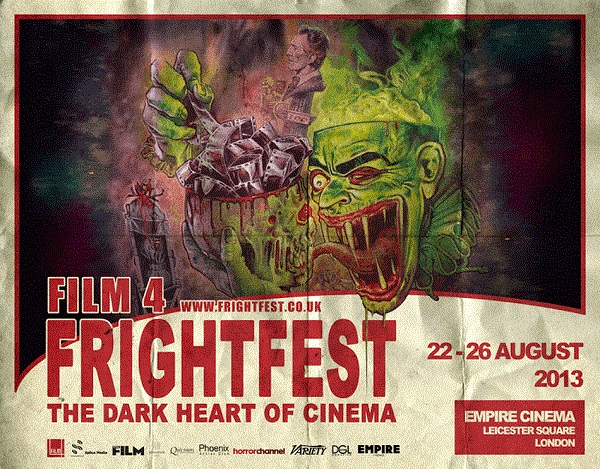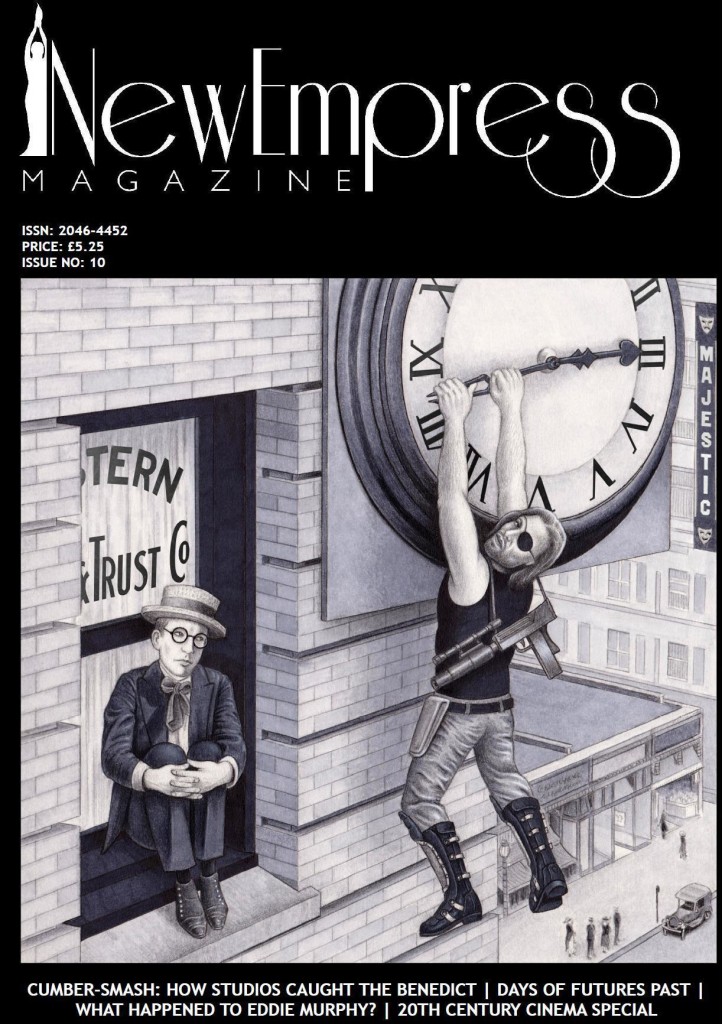
Cheap Thrills
Two luckless dudes, Craig and Vince (played by Pat Healy and Ethan Embry), bump into rich drunkards Colin and Violet (David Koechner and Sara Paxton) in a bar. Their night of carousing and coke-snorting is interrupted by a series of ‘Funny Games’ in which the guys, desperate for cash, begin a series of endurance tests to bag a grand total of $250,000 dollars.
E.L. Katz’s Cheap Thrills posits the idea that money does funny things to people. It’s hardly revelatory, but the plot – twinned with the cruel sociological observation – does allow the story to move from the initially amusing to the tragic. Colin and Violet entertain themselves with the debasement of those on the poverty line and the two fellas seem more than game to ruin their friendship once and for all.
Paxton and Healy reunite onscreen (they appeared in Ti West’s The Innkeepers together) as much less nicer characters and, although you’ll see the end coming a mile off, Cheap Thrills is a stinging tale of class conflict and vileness and the cast is excellent. Neither does Katz insist on lecturing us in the same way that Austrian auteur Haneke likes to do, but the end result is still resolutely downbeat if a little melodramatic.
Frankenstein’s Army
“Only the Nazis would think of something like this!” That line of dialogue could be emblazoned on the poster for Richard Raaphorst’s demented monster movie.
Frankenstein’s Army is the story of a group of Russian soldiers who discover the grandson of Baron von Frankenstein beavering away in a secret hideout with a demented plan for world peace. He wants to turn people into machinple and unite the hard left with the psychotic right, and never the twain shall meet and be grafted together for all eternity.
Raaphorst’s film is an absolute mess: it’s difficult to follow because the pace is so breathless and it only comes alive when focused on the deranged creatures that turn up to kill off the platoon. Neither is the found-footage angle convincing and very often the film is nothing but video game emptiness. The production design of the creatures, however, is superb and genuinely surrealist for the bloody baron’s monstrosities make little-to-zero sense in terms of machine functionality. They’re literally put together in a sort of exquisite corpse-style assemblage and left to run riot.
Frankenstein’s Army is destined for cult status. Eagle-eyed fans, too, will no doubt take note of the references to Alien, RoboCop, Star Wars and Bride of Frankenstein.
Willow Creek
Bobcat Goldthwait has turned his attention to the horror genre and the ubiquitous found footage movie with the Bigfoot-centric, Willow Creek. A young couple travel to a small Californian town in search of the mythical cryptid captured over the years on film and dodgy photographs.
Goldthwait’s acerbic wit and satiric bent is very much apparent in what is a very clever monster movie. And unlike most found-footage flicks, where the dialogue is often meaningless small talk, Willow Creek’s must be paid attention to.
The first act is spent exploring the mythology of Bigfoot and how it does little Nowheresville, USA towns a world of economic good and notoriety. It also leaves – for the more perceptive viewer – a several great big clues as to what the movie is “really about”.
Those who know the director’s work might find a lot to enjoy as it tackles the tackiness of the tourist trap, the conventions of the horror movie whilst underscoring it with a strikingly transgressive note. The couple, played by Brycie Johnson and Alexie Gilmore, are also hugely likeable, with their dark banter and lewdness echoing in ways they’d never expect.
The Banshee Chapter
Blair Erikson’s micro-budget mystery horror is a winning combination of H.P. Lovecraft and the US counter culture. Its immediate debt to the Rhode Island author’s short story, From Beyond, is apparent too.
A student goes missing after experimenting with a drug manufactured and used by the US military during the 1960s. It’s left to his friend to investigate the disappearance with a William S. Burroughs/Hunter S. Thompson-like author (played by Ted Levine).
Firstly, Banshee Chapter is genuinely creepy and its use of found-footage material is excellent. The black and white, grainy videotape scenes in which we witness ‘patients’ injected with a psychotropic drug are deeply unnerving and Erikson’s playful, old-school handling of shocks furthers the chill factor.
Levine, who audiences may remember as movie villain Buffalo Bill in The Silence of the Lambs, offers release from the terror as a reclusive writer who seems a direct homage to Hunter S. Thompson’s drug-quaffing style, though he’s got the voice of somebody like Burroughs, another famed writer who was known for his prodigious drug consumption.
The only weak link is Katia Winter as the rather wooden lead. The character needed a bit more personality as a double act with Levine’s Thomas Blackburn would have injected a bit more peril and emotional engagement. Still, The Banshee Chapter is everything you’d want from a very low-budget horror flick.
Painless
Spain might have been late to the horror party, with only Jess Franco, the Blind Dead movies and Paul Naschy being the country’s old icons of terror and trash, but filmmakers and writers have sure been making up for lost time. Juan Carlos Medina’s Painless is a cathartic exorcism of Spain’s fascist past and the traumas still felt today.
In 1931, on the eve of a whole decade of political strife that saw the country edge further towards civil war, children are born impervious to pain and suffering. In the present day, a doctor is diagnosed with cancer and his search for a marrow donor leads down an unexpected path and into the tragedy of Spain’s past.
Painless is a deeply symbolic and melancholic work. The ghosts of the past must stop haunting the present if modern-day generations are to move on. That all this is wrapped up in a mystery-thriller and horror narrative serves to highlight the exemplary genre cinema that is being produced on the Iberian peninsula.
You can read the first part of our FrightFest 2013 coverage here .

















